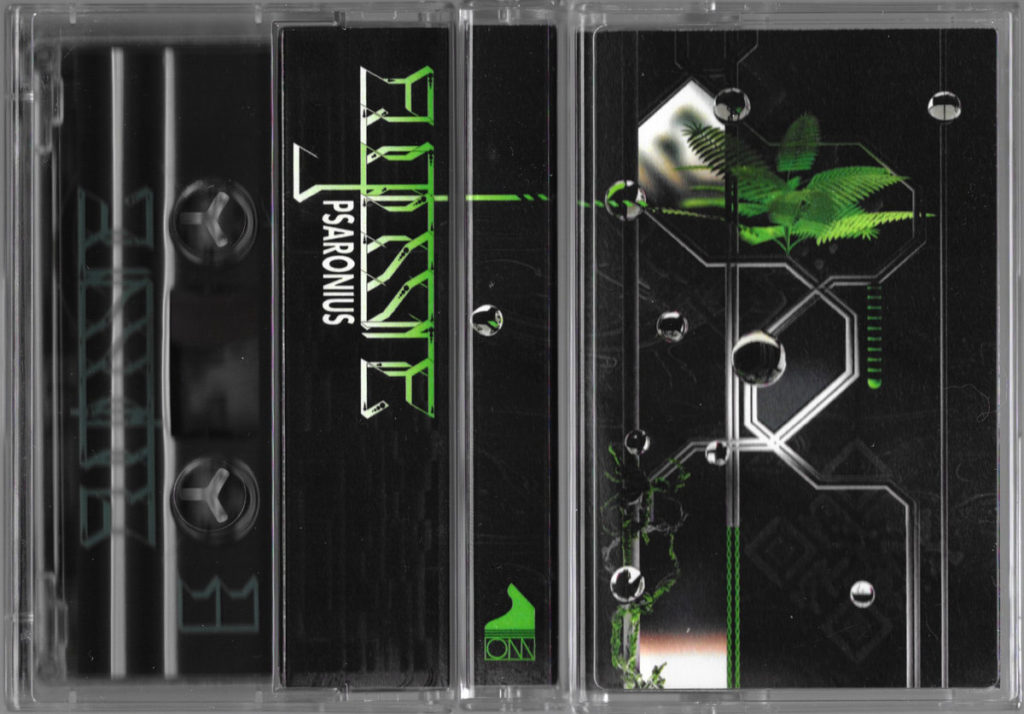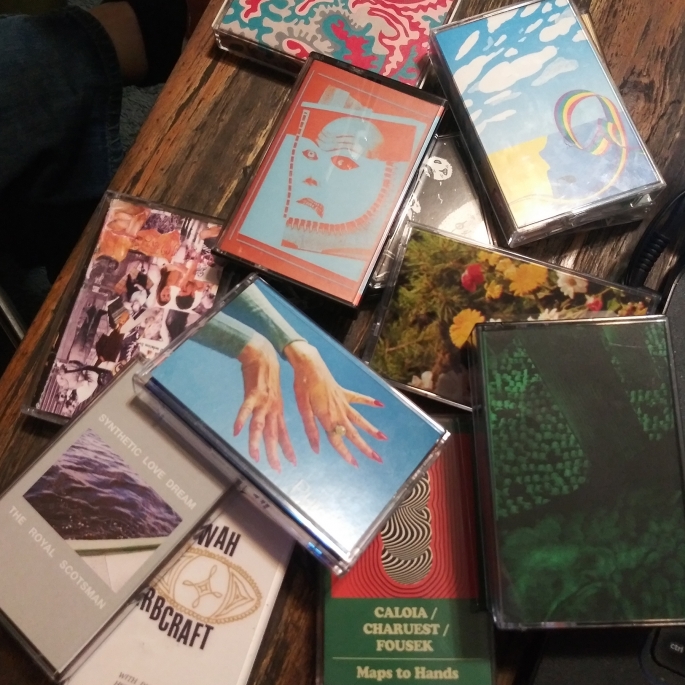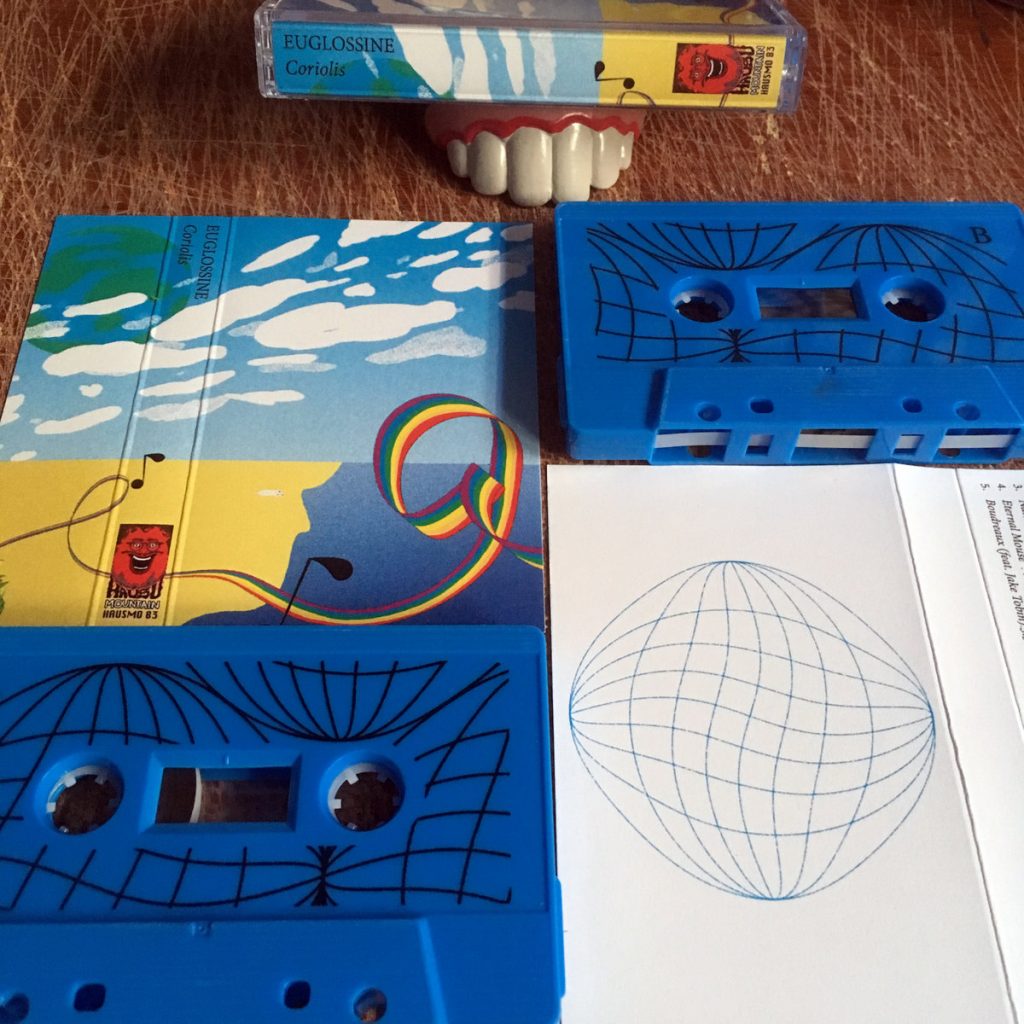3.2.20 by Ryan Masteller

Fusion does not progress any further without Tristan Whitehill. I mean that universally: as a genre, as an act, and in general – literally, Tristan is at the bleeding edge of his discipline. As Euglossine, he continually pushes the boundaries of concept, synthesis, and composition, settling somewhere between a guitar and an electronic savant, which is, like, the goal of a lot of aspiring musicians. I myself floundered in the noise game feeding back a guitar through a practice amp before slumming it as an indie rock loser. I was like a monkey with a rock compared to Euglossine and his advanced technique. (Although as a monkey I WOULD have opposable digits on my feet and a prehensile tail … I’d like to see old Tristan try to peel a banana with his feet while hanging from a tree!)
Speaking of trees (in a roundabout way), “Psaronius” refers to the petrified stems of an extinct fern, its etymology “stemming” (get it?) from the Greek word meaning “precious stone,” because the petrified leaves were fashioned into ornaments worn by people. (Thanks Wikipedia and Keith Rankin.) You ready for some high concept? Euglossine examines the relationship between the patterns found in these leaves and in these ornaments, their natural constructs, and compares them with digital patterns found today, such as those in QR codes. Turns out our world organizes itself in similar ways, across time and discipline, regardless of whether the pattern is natural or synthetic. That’s some neat stuff!
Tristan therefore has composed “Psaronius” to reflect the relationships between the natural and synthetic, the similarities inherent in basic structural forms, using the Psaronius concept as a jumping-off point. Sounding at once both digital and acoustic, “Psaronius” blurs the line between programming and performing, pitting one against the other while combining them, just to see if you notice. Indeed, Tristan has utilized “wooden flutes, log drums, 5 string bass, sequenced fm synthesis, iOS apps, and a vintage guitar synthesizer” to realize his experiments, and the result is nothing less than the most futuristic fusion imaginable. Imagine being placed in the middle of a fully functioning terrarium superintended by green robots whose sole purpose is to maximize sustainable technology to cultivate agriculture that can be used by everyone, everywhere – waste not, want not, forever! It’s like a World’s Fair exhibit come to life, for real, with “Psaronius” as its perfect soundtrack.
I’d eat those beans!
Check out “Nightflowers at the Beach of Oblivion,” then head on over to Orange Milk and grab a copy of “Psaronius.” Like, why wouldn’t you?
Related Links


